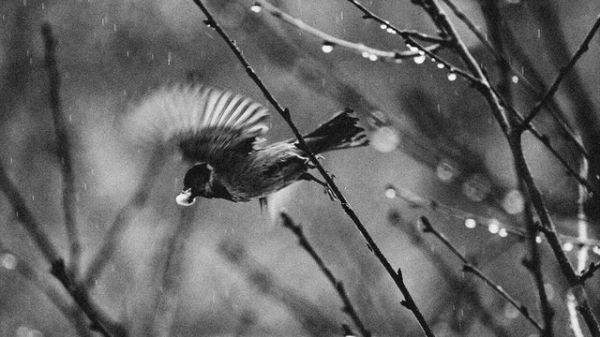Book Recommendation: J. Drew Lanham's "The Home Place"

I so enjoyed listening to J. Drew Lanham speak at two North American Association for Environmental Education conferences that I purchased his book, The Home Place: Memoirs of a Colored Man’s Love Affair with Nature, which reminds me of Aldo Leopold’s Sand County Almanac: And Sketches Here and There.
Dr. Lanham waxes eloquently about growing up in Edgefield, South Carolina, which is on the western side of the state. Many of his formative years in the outdoors were spent learning about his local environment on the farm where his parents, siblings, and grandmother lived. As a Black man living in South Carolina, he relates his understanding of the outdoors to Southern culture.
Edgefield has been less welcoming of—and less of a refuge for—human diversity. Under regressive and racist governors who fostered and promoted policies aimed squarely at exclusion and violence, the power base in Edgefield kept things stuck in a state of antebellum stagnation, separate and nowhere near equal. While the South has long laid claim to a culture that values manners, loyalty, honor, and a slower pace of living, here are other, less admirable traits that ooze out from between the niceties. A heaping of hypocrisy is often served alongside the southern hospitality. Double standards are as common as ragweed and persistent as kudzu across the region. The “good old days” that some pine for weren’t the best for all of us. But Edgefield was still my refuge, primarily because it was and is a sanctuary for creatures that aren’t subject to the prejudices of men (Lanham, 2016, p. 18).

Despite his imagination of successfully hunting tigers and other large prey in the forest, his first foray with a Daisy Club BB gun—a Christmas present—had been unsuccessful. He set his sights on a sparrow, noticing its beauty. Other wild animals scattered, but the sparrow in the yard stayed on its perch. He realizes the thrill of using the BB gun is lost when he hears the thud of the BB hitting the bird. “I tried to figure out how I would hide what felt like a crime. I looked around to see who—or what—was watching and prayed for forgiveness as I finally gathered the courage to pick up the limp sparrow. It was still warm. There was no blood, but its wings hung limply and the life in its once bright eyes were gone” (Lanham, 2016, p. 115). He felt pain and guilt after killing the sparrow, especially because of the joy he felt previously identifying sparrows with his field guide. Realizing that the BB gun was as harmful as the other rifles in the house, Lanham stopped using the BB gun to kill animals. This moment changed his life.
Additional Listening:
- I suggest listening to Weekend Edition Saturday on NPR (July 2, 2022) titled, “Baratunde Thurston shows us a good time outdoors, but poses the big questions, too.”
- Parker McMullen Bushmen is another powerful voice for inclusion in the outdoors.
Connection to the land of his ancestors is an important part of the book. His understanding deepens as a child while watching Roots with his family. As an adult, he receives a call from a white man in Kentucky who was also a Lanham. When the man realizes he is talking to a Black relative with the same name, he hangs up the phone. Earlier, in his hometown, he picked up photos he had processed at the local pharmacy and saw white people staring back at him. These photos belonged to Joseph W. Lanham. He found more commonalities with the man with his name (only the middle initial was different). Joseph W. Lanham was an entomology professor at Clemson, where J. Drew Lanham taught ornithology.
After visiting the local Tomkins Library in Edgefield, he learned about the Wanderer, a slave ship that brought illegal slaves to the United States in 1858, about 50 years after slave imports were banned. One of the ladies on board the slave ship was named Lucy Lanham, who lived on the plantation of Senator Benjamin Tillman. His daughter found a memorial brick to Benjamin Tillman Lanham at Clemson University. Further connections were made while visiting a white Baptist Church graveyard, where several Lanhams were buried. Drew found both white and Black Lanhams, furthering his personal story between the slave master and the slaves that carried the Lanham name.
Why I Recommend This Book?
I recommend this book for anyone who enjoys reading about the intersection between nature and diversity. The interwoven themes of Southern culture, diversity, and nature make this book hard to put down. In addition to the beautiful prose, J. Drew Lanham’s rich descriptions of growing up in South Carolina and learning from nature are a treasure.


